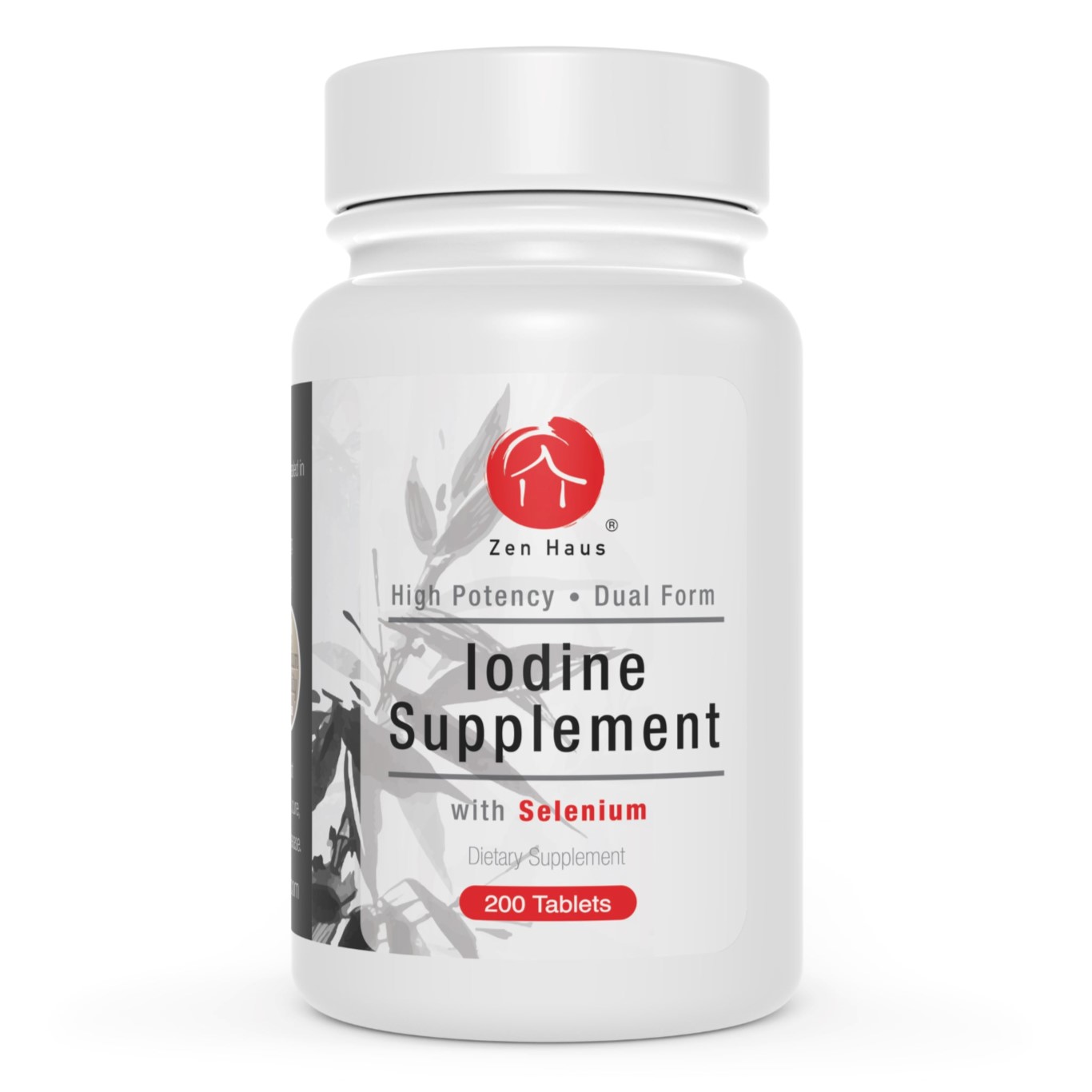Lugol’s Iodine: Not Created for Supplementation
Progress is impossible without change, and those who cannot change their minds cannot change anything. – George Bernard Shaw
Origin
Lugol’s iodine is a solution of potassium iodide and molecular iodine. It was created and used as an antiseptic and disinfectant in the early 1800s by the French physician Jean Lugol. Molecular iodine solutions were already commonly used as an antiseptic and disinfectant agent. The potassium iodide allowed for higher amounts of free iodine in a stable solution. This made it more concentrated and powerful as a disinfectant.
Other Applications
It has been suggested to be superior to chlorine as a cleaning agent for swimming pools. Lugol’s iodine solution has many applications in medical sciences as a stainer where it can indicate different tissues and tissues with specific properties.
Consumption and Concerns
The solution could be added to river water in emergencies to make it drinkable. Though it was not recommended to do this regularly. Since it contains free iodine, Lugol’s solution at 2% or 5% concentration without dilution is irritating and destructive to mucosa, such as the lining of the esophagus and stomach.
Iodine Deficiency and Radiation Protection for the Thyroid
Lugol’s iodine has also been used traditionally to replenish iodine deficiency. This is due in large part because it was widely available as a drinking-water decontaminant with high content of potassium iodide. After Chernobyl, emergency use of Lugol’s iodine was recommended to the Polish government in 1986, to block any intake of radioactive I-131. At the time it was known to be a non-optimal agent, due to its somewhat toxic free iodine content.[1] This lines up perfectly with findings in the Why KI? article where potassium iodide was shown to be safer and more effective in supplementation than molecular iodine.
Potassium Iodide for Safe Consumption
Potassium iodide solution in water was eventually used for thyroid protection after the Chernobyl accident. There was also good evidence for potassium iodide thyroid protection to help prevent thyroid cancer. Potassium iodide in low doses may not provide immediate protection but can be an important part of a strategy for radiation emergencies. We discuss this in more detail in Radiation Health Risks – Part 3: Mitigating The Risk.
The free elemental iodine (or molecular iodine) is the most potent disinfectant in the solution and this is what can cause issues in the mouth, throat and gut. Small amounts of molecular iodine can be tolerated and even beneficial. It can be absorbed directly through tissues by means of diffusion and provide iodine to local tissues. This may be particularly useful if a person has issues with damaged Sodium-Iodide Symporters (NIS).
Note: Small amounts of free elemental iodine are found in commonly consumed seaweeds. Iodine content in seaweed is analyzed in the Iodine and Iodides in Seaweeds and Supplements post.
Lugol’s iodine was originally created to be used as a disinfectant in medicine. For example, it was used to clean surgical instruments. It was then used more widely as a disinfectant and as a medical tool for highlighting or detecting specific tissues. Being more widely available led to it being used as an iodine supplement to help protect the thyroid from radiation during a radiation emergency. Later, the common form of iodine used for protection was potassium iodide and this is still the case today. However, the idea of supplementing with Lugol’s iodine solution carried on. Lugol’s iodine solution was neither the best form to supplement with nor was that its original purpose.
In recent years, iodine doctors have carried out research with iodine but without comparisons with potassium iodide. A prominent iodine doctor claimed that Lugol’s is more effective but his claim was based on general observation and anecdotal evidence. Comparative studies have been done in the past with results strongly favoring potassium iodine over Lugol’s iodine. These studies are examined in the Why KI? post.
[Lugol’s iodine solution] was known to be a non-optimal agent, due to its somewhat toxic free-iodine content
.
.



